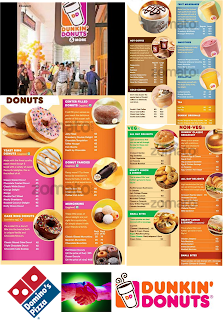This is not one of my typical blogposts, giving some gyan about the Restaurant business. This is about a rare opportunity for a passionate individual/team to set-up and run a small Pizza focused Restaurant/Cafe in Bangalore, thanks to the generosity of some well-heeled gentlemen, through an experimental initiative called "The RestoFund" to financially support passionate folks to become Restaurant Business Entrepreneurs. Here is a quick summary of the first opportunity offered through the RestoFund:
What you will get?
1) A 400 sft space on the ground floor in a prime location in Bangalore
2) Interiors, Furniture & Fixtures, the way you want it
3) All kitchen equipment needed for you to run a small Pizza & Ice-Cream joint including a fancy big Pizza oven
4) All statutory approvals needed to run a cafe/restaurant
4) Reasonable support to set-up and run your business both financially & operationally
5) All the money you need for doing the above (You are not dreaming), including a small fixed salary to support you financially coupled with an aggressive profit share
What do you need to bring to the table?
1) Currently based in Bangalore
2) Strong passion for running a small restaurant/cafe
2) Willingness to spend the time and effort required to make the business a successful one
3) Strong interest in cooking with some experience making Pizzas and Baking. If you are chef/cook in a restaurant/hotel currently, that would be a huge plus
4) High energy levels and an ability to convince us that you are right person for us to invest in
If you are interested in exploring this opportunity, write to me at jayanth@jlnventures.in with a small write-up on why you are interested in this opportunity (a few lines will do). If possible attach your profile/resume.




























